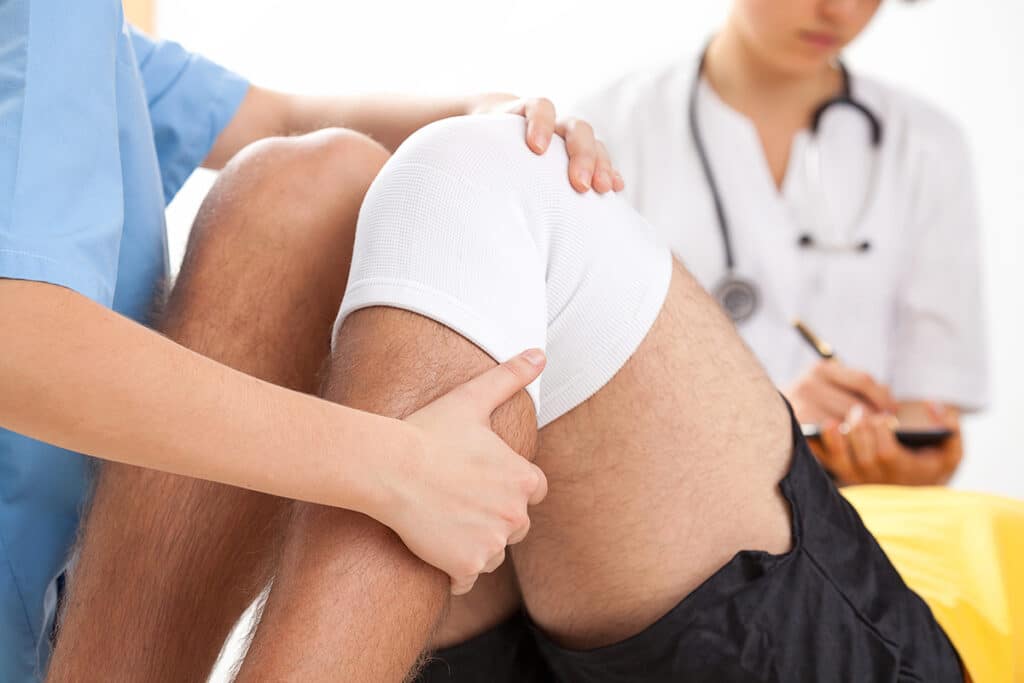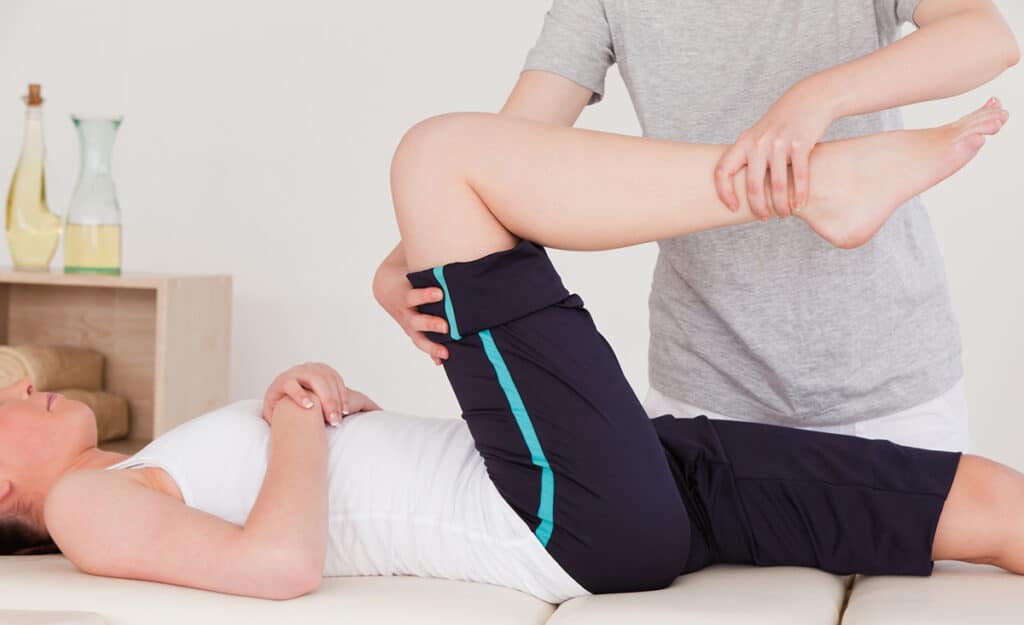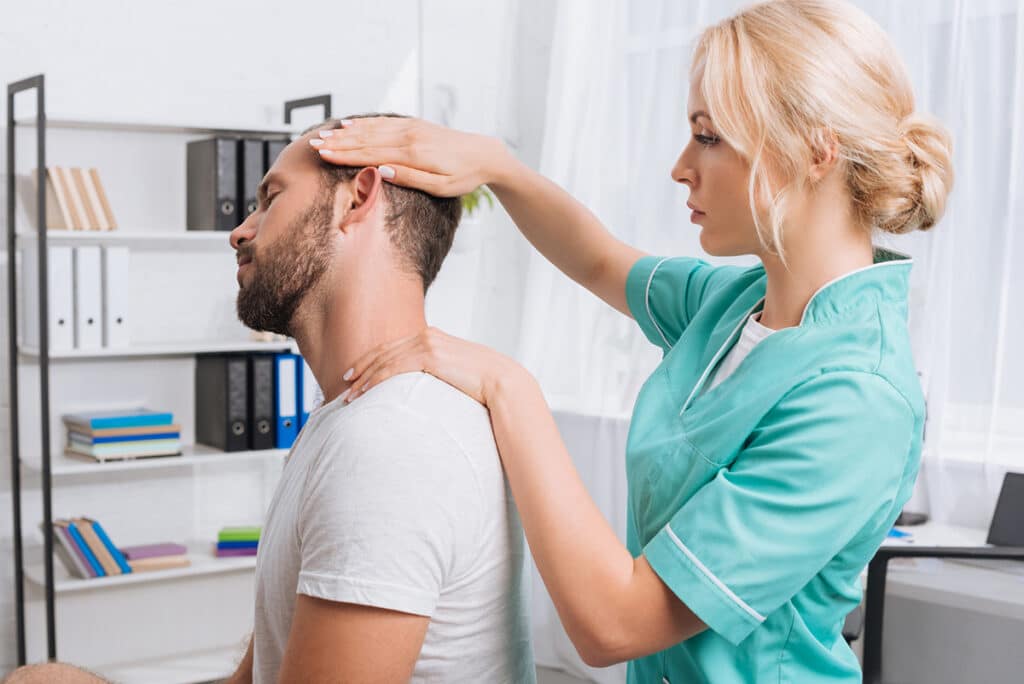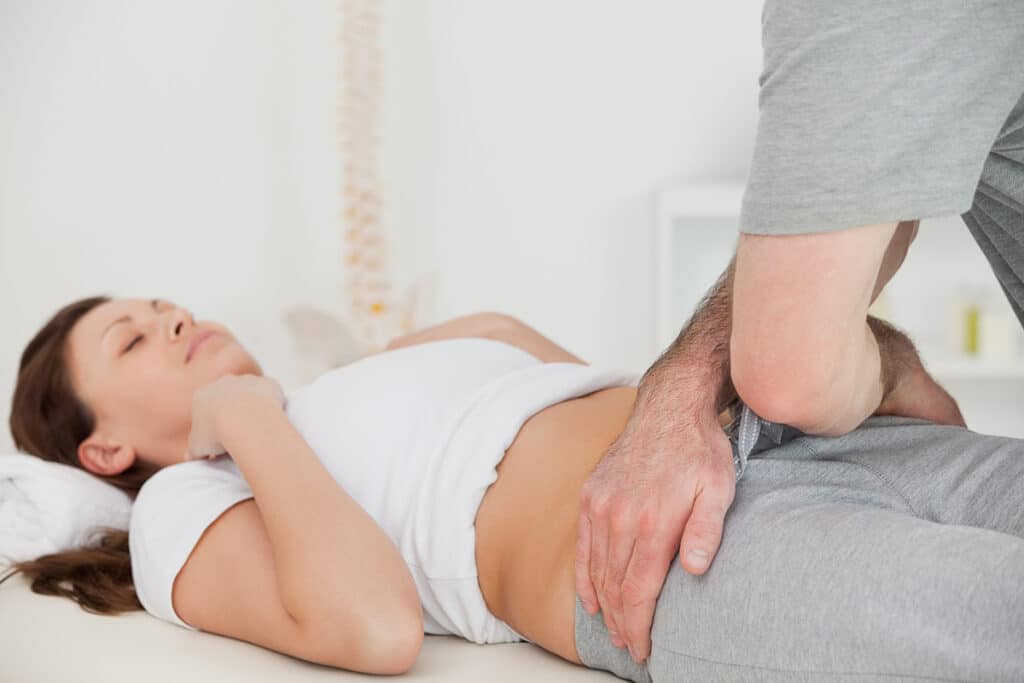
Treating Uterine Prolapse without Surgery: The PFPT Approach
Pelvic floor physical therapy (PFPT) is the first step in treating uterine prolapse without surgery. Rigorous research shows a clear benefit of physical therapy as a first-line treatment for specific women’s health issues. In the PFPT approach, the physical therapist gives instruction on muscle strengthening, relaxation, and coordination exercises. Strategies also include manual therapy, biofeedback, and home exercises. What Causes







